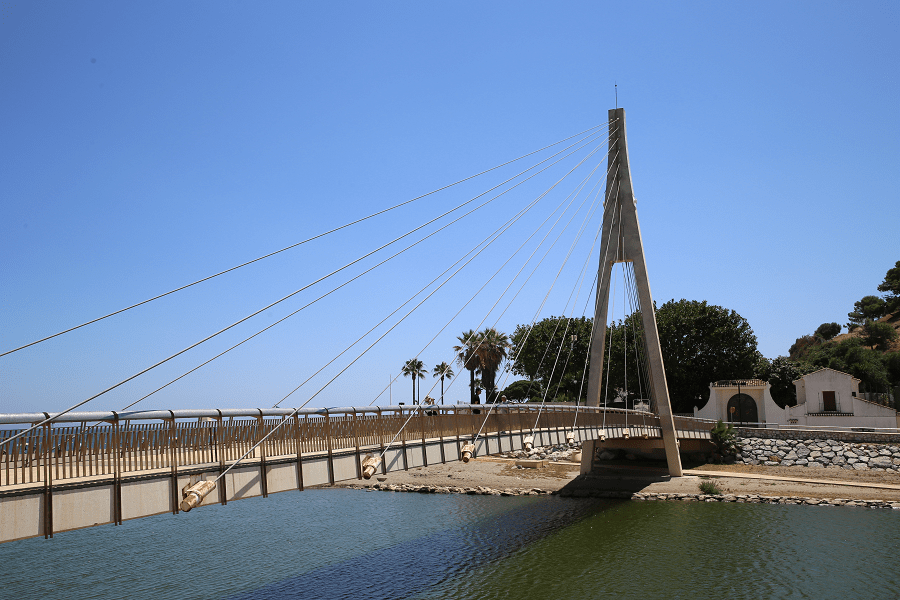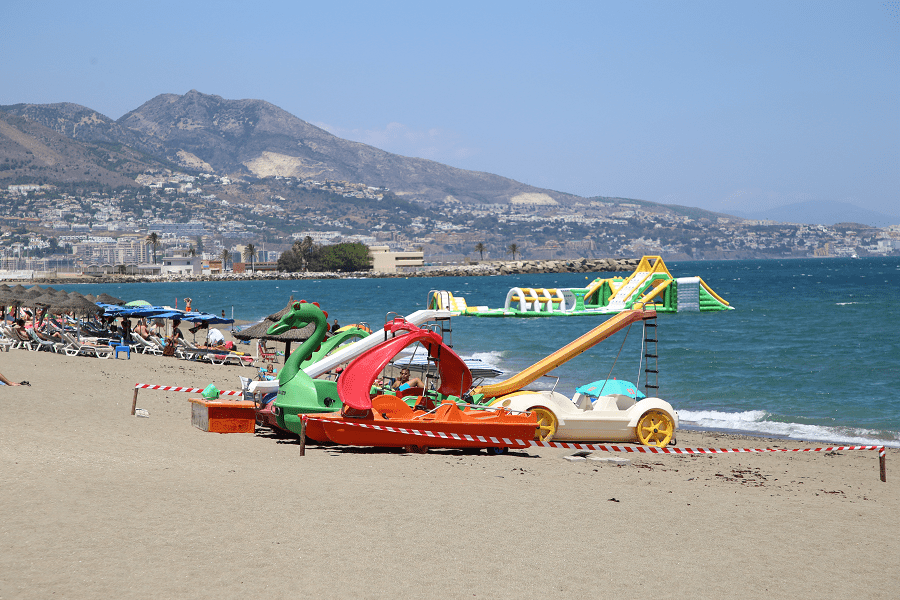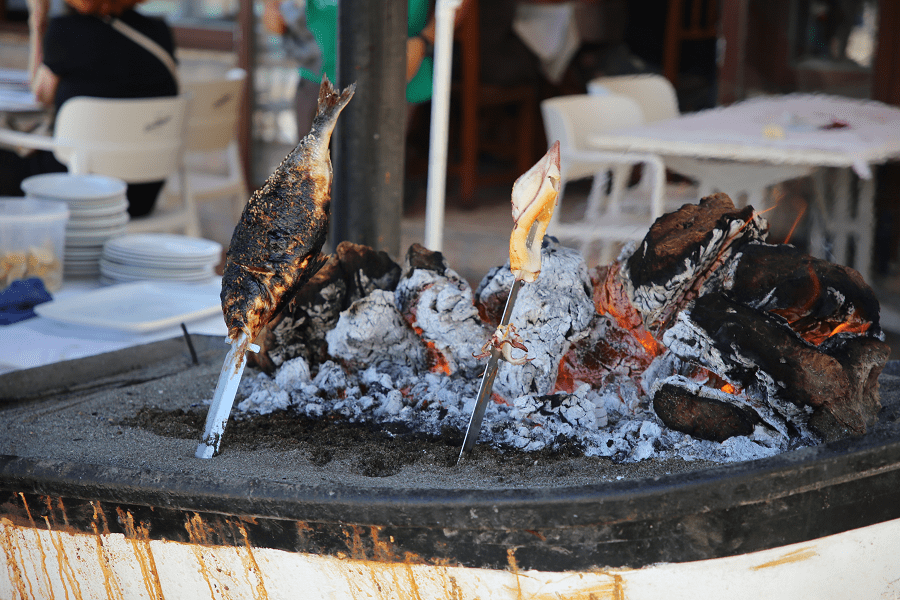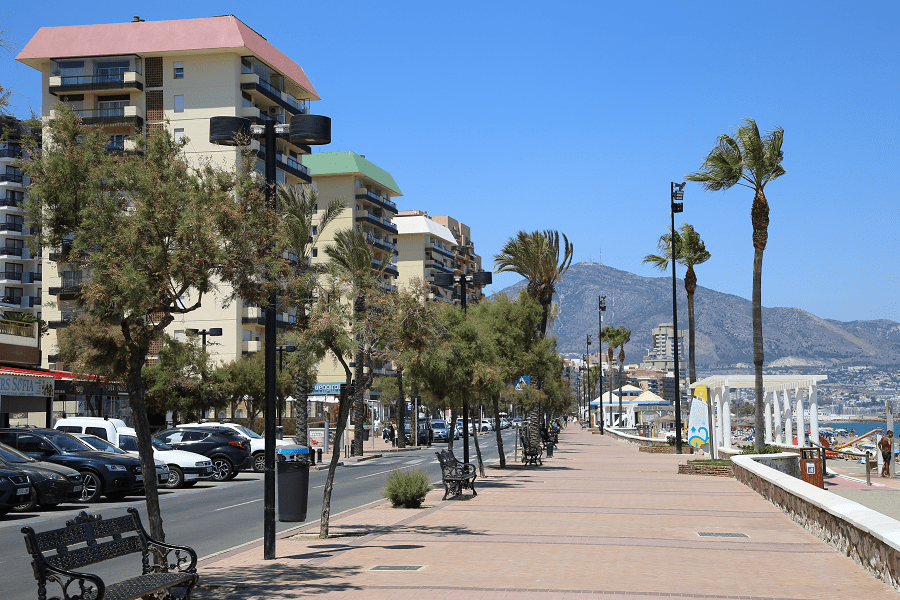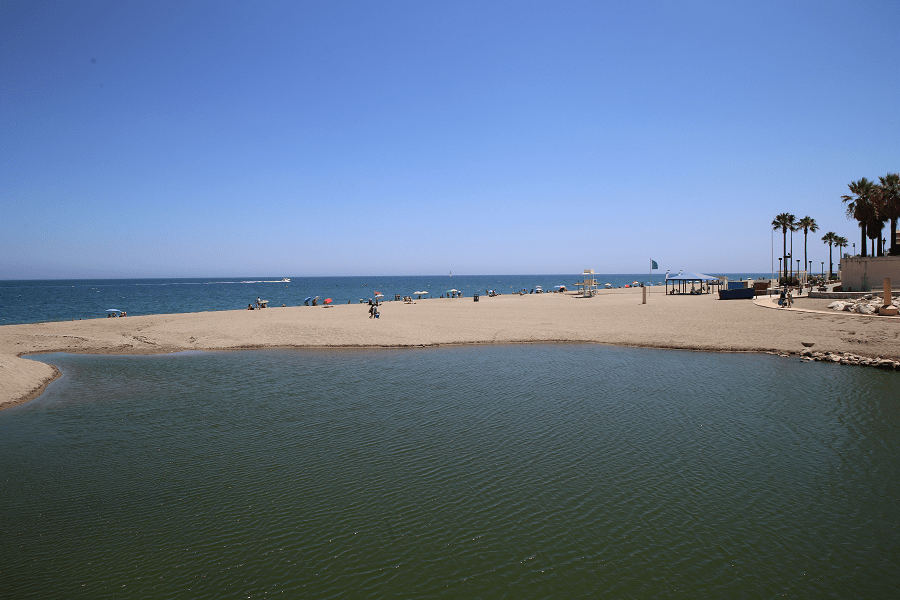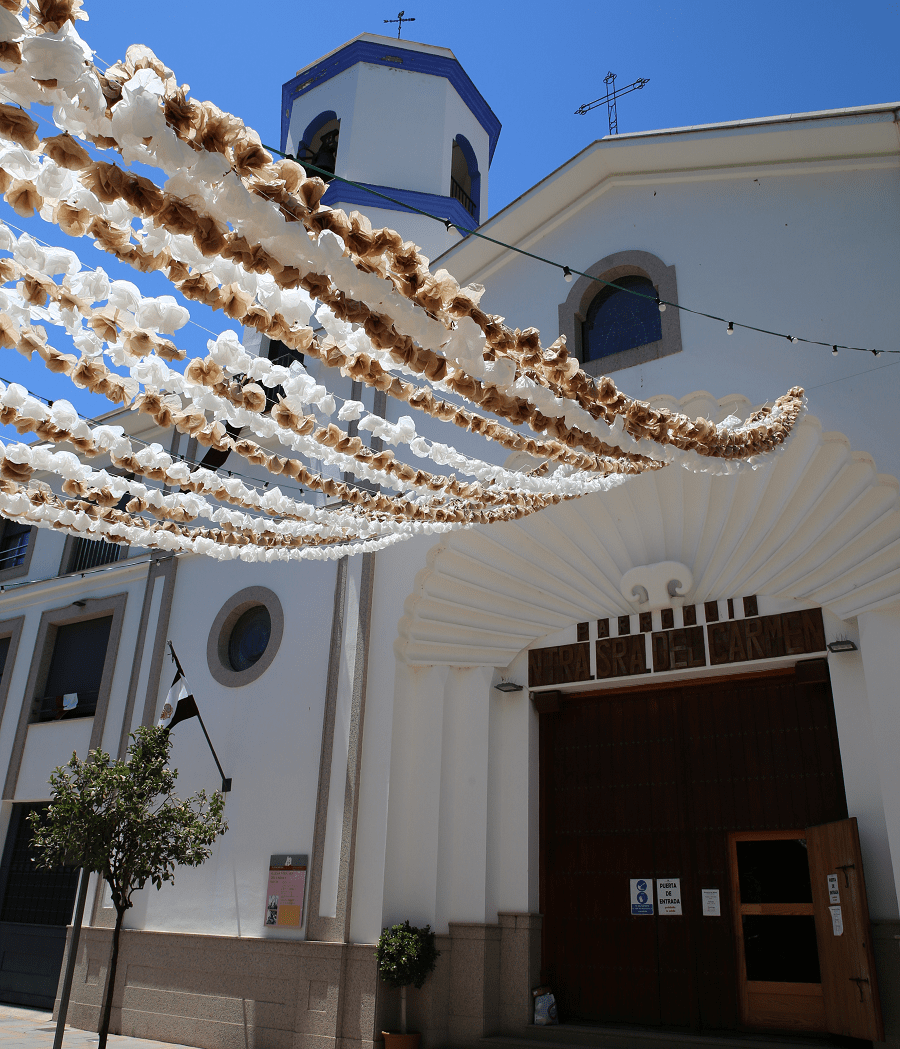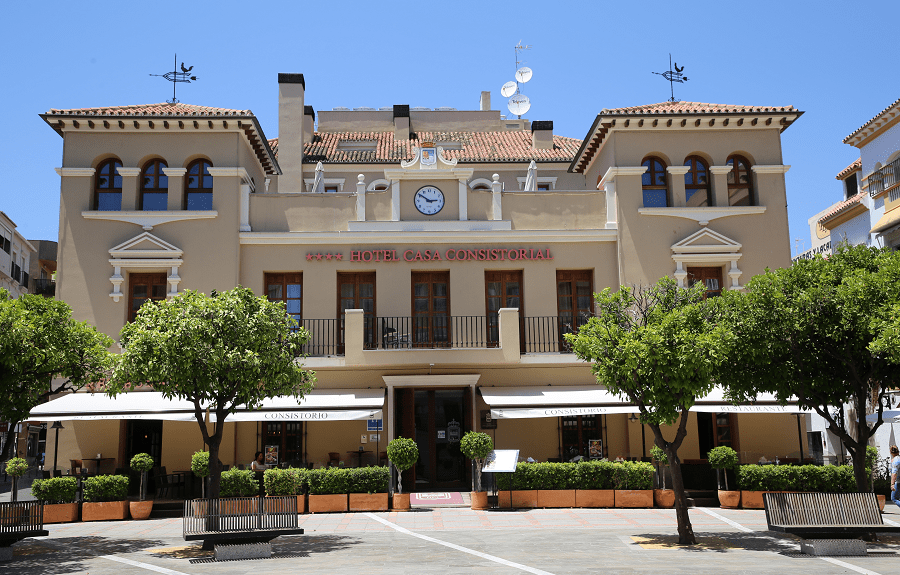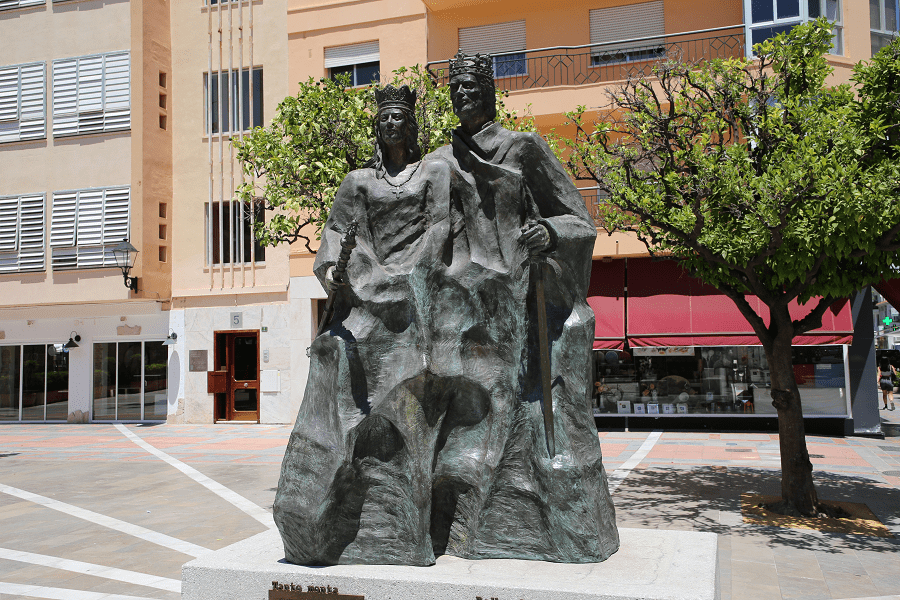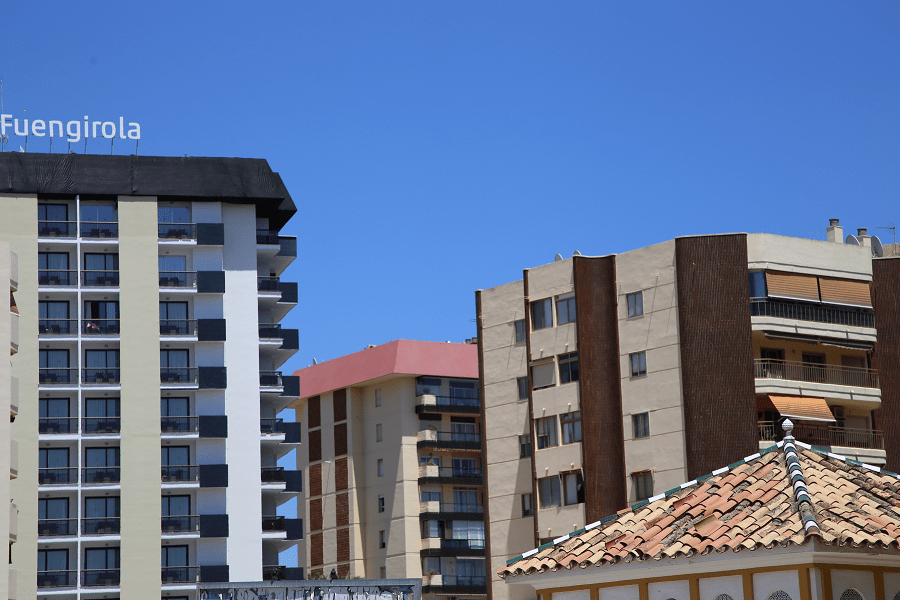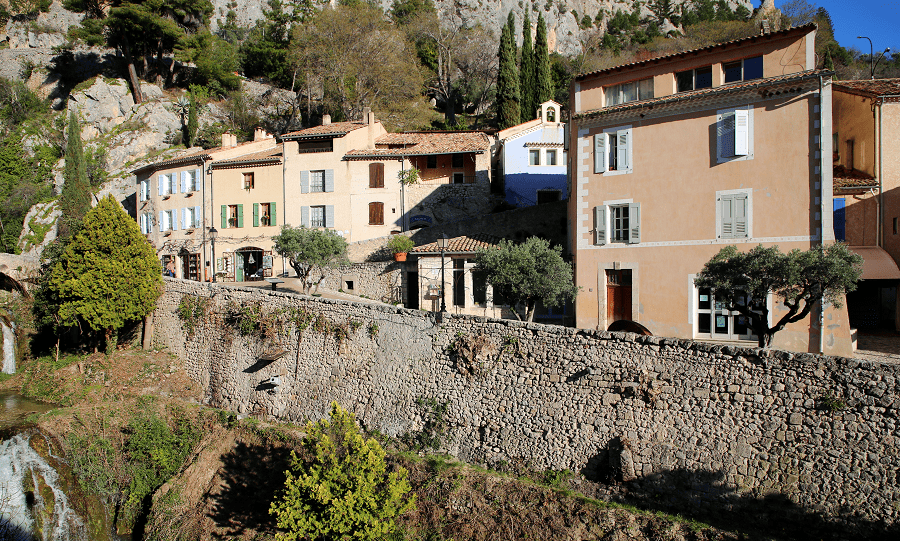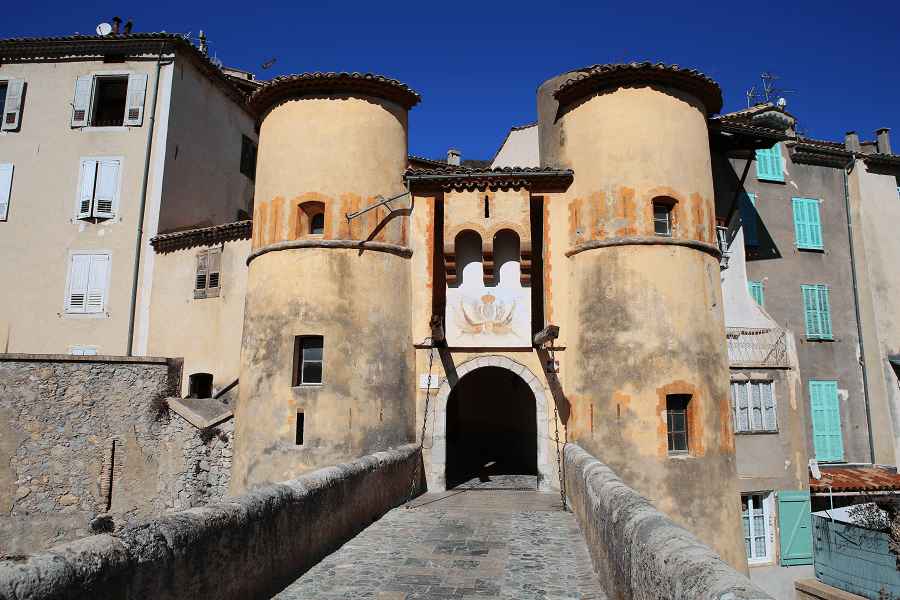Fuengirola, in ancient times known as Suel and then Suhayl, is a large town and municipality in the province of Málaga in the autonomous community of Andalusia in southern Spain. It is located on the central coast of the province and integrated into the region of the Costa del Sol and the Commonwealth of Municipalities of the Costa del Sol Occidental.
It’s a popular part of the Costa del Sol of the Mediterranean resorts of Spain.
It is a major tourist resort, with more than 8 km of beaches and a medieval Moorish fortress. In common with much of this coast, it has been the subject of considerable urban development.
Founded by the Phoenicians, Romans, Byzantines, Visigoths and Muslims, among other peoples, passed through Fuengirola, until its definitive incorporation into the Crown of Castile in 1485. Its development slowed due to the intense Berber piracy that the area suffered for centuries, it became municipality after separating from Mijas in 1841, still being a small fishing village. Currently, Fuengirola is an important tourist center with around 250,000 inhabitants during the summer months.
Main attractions
Sohail Castle: Moorish citadel built on a previous Roman fortress. It is located on a small isolated hill next to the mouth of the Fuengirola River. Most of what can be seen today is from the time of the Caliphate of Abderramán III, who ordered the castle to be built in 956.
Phoenician and Punic vestiges have also been found in its surroundings, at the Suel and Finca Acevedo sites.
Finca del Secretary: Roman archaeological site dated between the 1st and 5th centuries. It is located next to the Arroyo Pajares, in the Los Pacos neighborhood. The complex is divided in two by the N-340 and has two different areas, a salting factory and a thermal area.
It highlights a porticoed room decorated with mosaics and with two praefurnium (ovens) for heating the baths.
Termas de Torreblanca: archaeological site of Roman origin discovered in 1991. It consists of the remains of a thermal building in good condition.
Church of Our Lady of the Rosary: it is the main Catholic temple in the city, located in the Plaza de la Constitución. The Baroque façade is noteworthy, consisting of two pilasters and a split pediment, although the current church dates from the 1940s.
Bioparc Fuengirola: Inaugurated in 1978, being renovated and expanded on various occasions, it has an area of 2 ha and about 1,300 animals of 140 different species.
Contemporary architecture: Fuengirola has three buildings included in the catalog of the Andalusian Institute of Historical Heritage as notable examples of the architecture of the Modern Movement: the Opera apartments, a 1962 work by the architect Andrés Escassi; the Galeria building, located on the promenade; and the covered municipal swimming pool, by the architect Luis Machuca Santacruz, built in 1999.
Beaches
The eight kilometers of Fuengirola’s coastline are divided into seven beaches, according to the local administration. All the beaches are urban and suitable for swimming. In 2009 Fuengirola became the only municipality in Spain in which all its beaches have been awarded the blue flag.
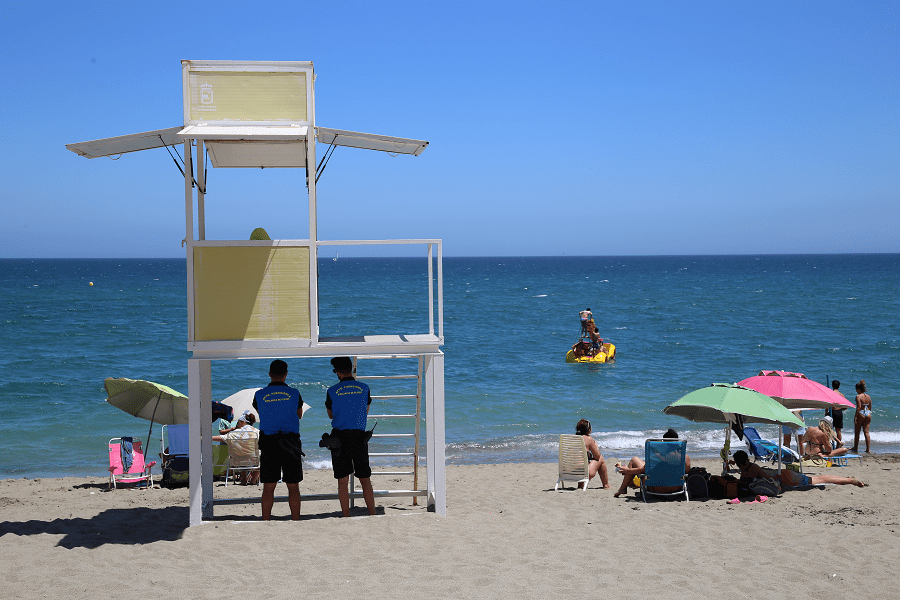 However, this fact contrasts with the complaints of businessmen and citizens about the quality of the waters and the delay of the commissioning of the corresponding treatment plant within the integral sanitation system of the Costa del Sol.
However, this fact contrasts with the complaints of businessmen and citizens about the quality of the waters and the delay of the commissioning of the corresponding treatment plant within the integral sanitation system of the Costa del Sol.
In general, the beaches of Fuengirola are sandy with calm waters, although they require annual contributions of sand, which is usually of fine golden or dark grain. All are accessible from the Paseo Marítimo and have a high degree of occupancy. From north to south the beaches are the following: Carvajal, Torreblanca, Los Boliches-Las Gaviotas, the beach of the seagulls has a beach adapted for the disabled, San Francisco, Fuengirola, Santa Amalia and Ejido-Castillo.
Cuisine and best restaurants
The typical dishes of Fuengirola are noodles a la banda, fried fish, espetos (fish, usually sardines, grilled), Malaga salad and Fuengirola cakes (traditional recipe). As for gastronomic events, they hold two annually: the Tapa Fair and the Galician Gastronomic Days.
There are three Michelin list restaurants in the city:
- Sollo, Avenida del Higuerón 48, 130 EUR • Creative cuisine, Modern cuisine (One star)
- Los Marinos José, Paseo Marítimo Rey de España 161, 55 – 150 EUR • Seafood
- Charolais, Larga 14, 40 – 60 EUR • Traditional Cuisine
How to get to?
The nearest international airport is in Malaga, 29 min (33.2 km) via AP-7.
From Seville 2 hr 26 min (233 km) via A-92
From Madrid 5 hr 26 min (558 km) via A-4
Main information
Area: 10 sq. km (municipality)
Coordinates: 36°32′30″N 4°37′30″W
Population: 82 837
Languages: Spanish
Currency: Euro
Visa: Schengen
Time: Central European UTC +1
See here best sea and ocean resorts of France and Spain (223 objects)



